Everything you need to know about specifications and performance - Peugeot 308 2012 - 2.0 HDi (160 Hp)
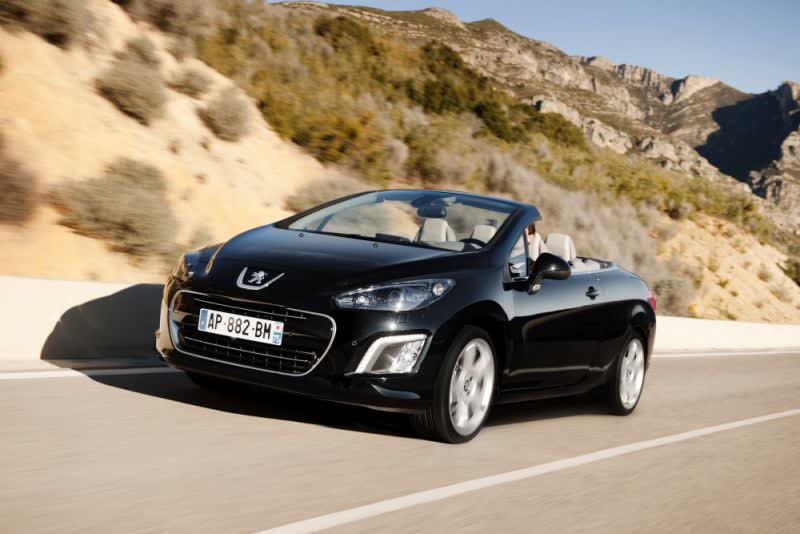
Overview:
What is the engine capacity of a Peugeot 308 2012?
The engine capacity of the Peugeot 308 2012 is 1997 cm.
Peugeot 308 2012 How many horsepower?
The engine power of the Peugeot 308 2012 is 160 Hp @ 3750 rpm..
What is the Peugeot 308 2012 engine?
Peugeot 308 2012 engine is RHH DW10CTED4. (Click to see other cars using the same engine)
How much gasoline does a Peugeot 308 2012 consume?
The Peugeot 308 2012 consumes 5.5 liters of gasoline per 100 km
General:
Engine:
Performance:
Space:
dimensions:
Powertrain, Suspension and Brakes:
See also
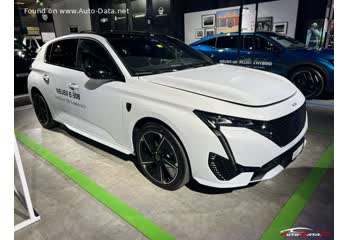
Last generation.
Its production began in 2023 until Now

Other generation.
Its production began in 2014 until 2017
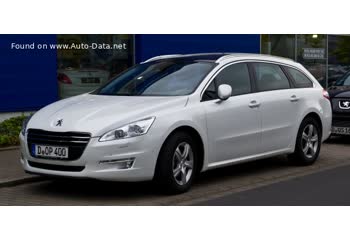
Same engine. (RHH DW10CTED4).
Its production began in 2010 until 2014
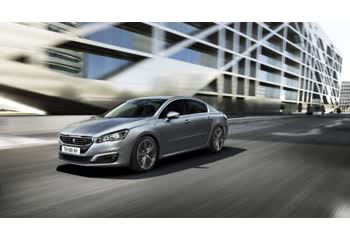
Same engine. (RHH DW10CTED4).
Its production began in 2014 until 2015
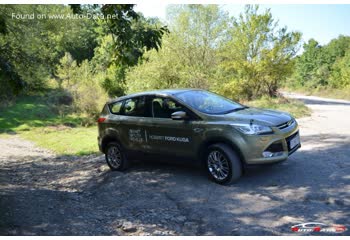
Same production year and almost the same engine capacity.
Its production began in 2012 until 2014
Write a comment